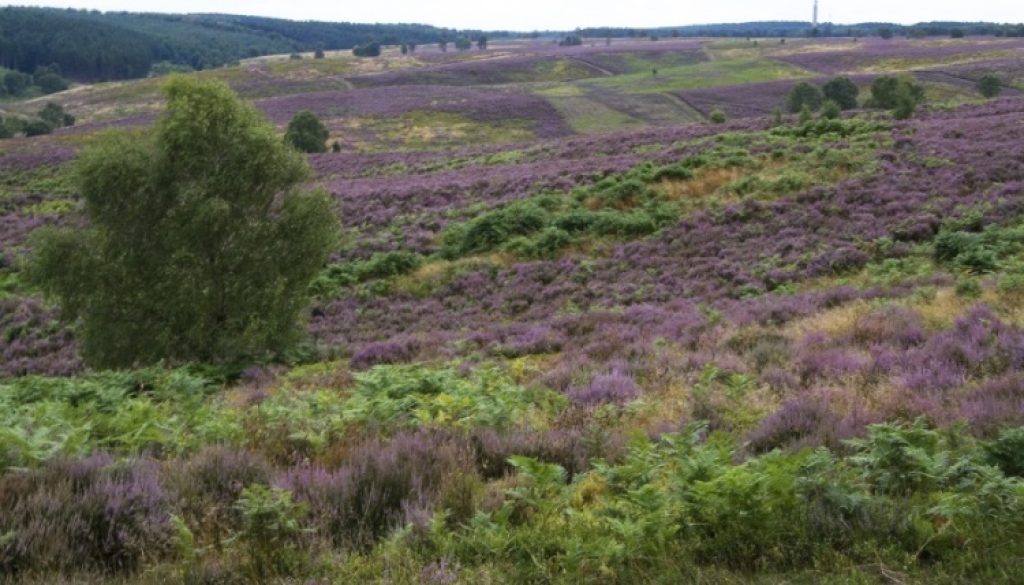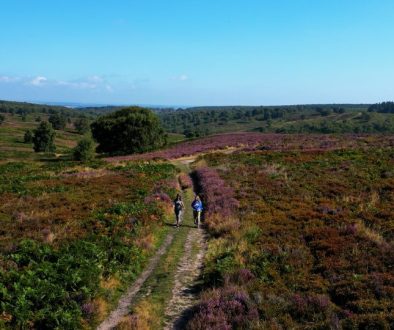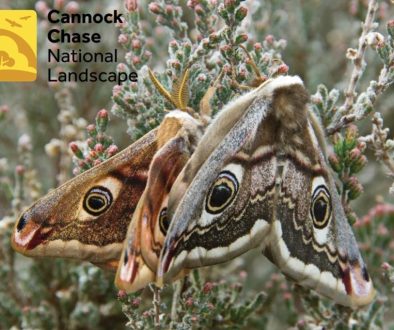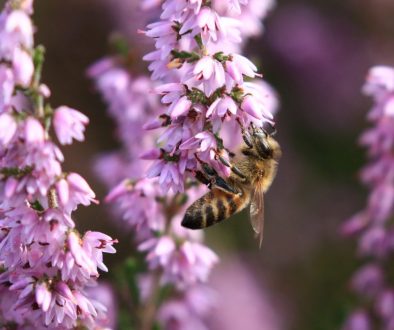Managing Cannock Chase – latest update
Over the last few years Staffordshire County Council, working with RSPB and Natural England, has been discussing and developing options for managing open habitats on Cannock Chase. The options include types of management that have been used for many years on the Chase, such as cutting and controlled burning of heather, cutting and spot treating trees and scrub, and cutting and spraying bracken. They also include reintroducing grazing with livestock, which was the traditional way the Chase was managed before the Great War.
This post updates you on what’s happening and the work planned by Staffordshire County Council over the coming months on Cannock Chase Country Park.
Heather Cutting
Current works at Cannock Chase Country Park include cutting some of the heather. It is important to have a good age range in the heather across the site, as this ensures continuity and so that different wildlife can use it at different stages. Much of the heather on Cannock Chase is in the older age ranges, so management is essential to help get some new growth.
Creating habitat for invertebrates
Over the next few weeks some bare ground for insects and other species will be created on the Chase. Bare ground is an important component of heathland habitat. It is used by insects such as colonies of solitary bees and wasps, beetles and also by reptiles. Bare ground warms up quickly in the sun and creates ideal areas for burrowing and nesting, chasing prey and basking. It can also create good areas for seeds to germinate, helping smaller less competitive plants to get a chance to grow.
Bare ground can be created by natural processes and by grazing animals, but where there isn’t very much naturally occurring it can be helpful to wildlife to crate bare ground mechanically. This is a well tried technique that has been used on other sites with positive effects.
This work will start soon on Cannock Chase and continue over the coming years; Staffordshire County Council will be monitoring the site to check how wildlife is benefitting. Each location has been carefully checked to make sure it creates ideal habitat while not damaging anything else. Most will be south facing to make the most of the sun’s warmth, and each has been checked by the AONB Landscape Officer and County Archaeologist to make sure they will sit well in the landscape and not harm any archaeological features.
Comments and queries
If you have any comments or queries about these proposals, please get in touch using our contact form.




